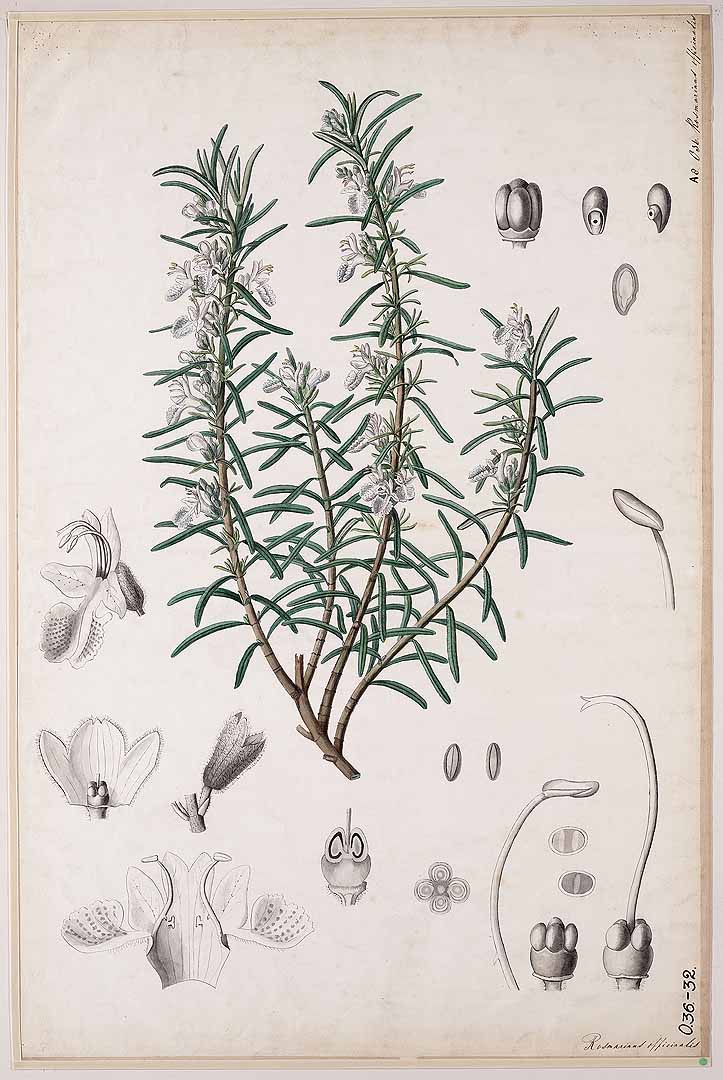! Nouveau site ici !
Vita > Plantae > Magnoliophyta > Magnoliopsida > Lamiales >
Lamiaceae > Rosmarinus
Rosmarinus officinalis
(Romarin)


 | ** - ***
| ** - ***
Vita > Plantae > Magnoliophyta > Magnoliopsida > Lamiales >
Lamiaceae > Rosmarinus
Rosmarinus officinalis
(Romarin)

-14°C
Une herbe ou un arbuste avec une odeur. C'est un arbuste de 1,5 à 1,8 m de haut et 1,5 m de large. Les tiges sont densément couvertes de feuilles vertes en forme d'aiguilles. Ils sont gris-blanc sur le dessou... (traduction automatique)
→suite
⬀
Le  donne accès au menu
donne accès au menu (c'est votre point de repère) 😊 ;
En dessous vous avez la classification, à partir de la vie (Vita, premier rang) jusqu'à la classe au dessus de la plante, dont vous trouvez ensuite le nom scientifique/botanique (latin) puis le nom commun (français), le cas échéant ;
C'est aussi un lien vers la fiche complète (tout comme la ✖, en bas à droite, et le +, en dessous de la description) ;
Vient alors l'illustration (ou ce qui la remplace, en attendant), la comestibilité :
Et en bas
⬂





